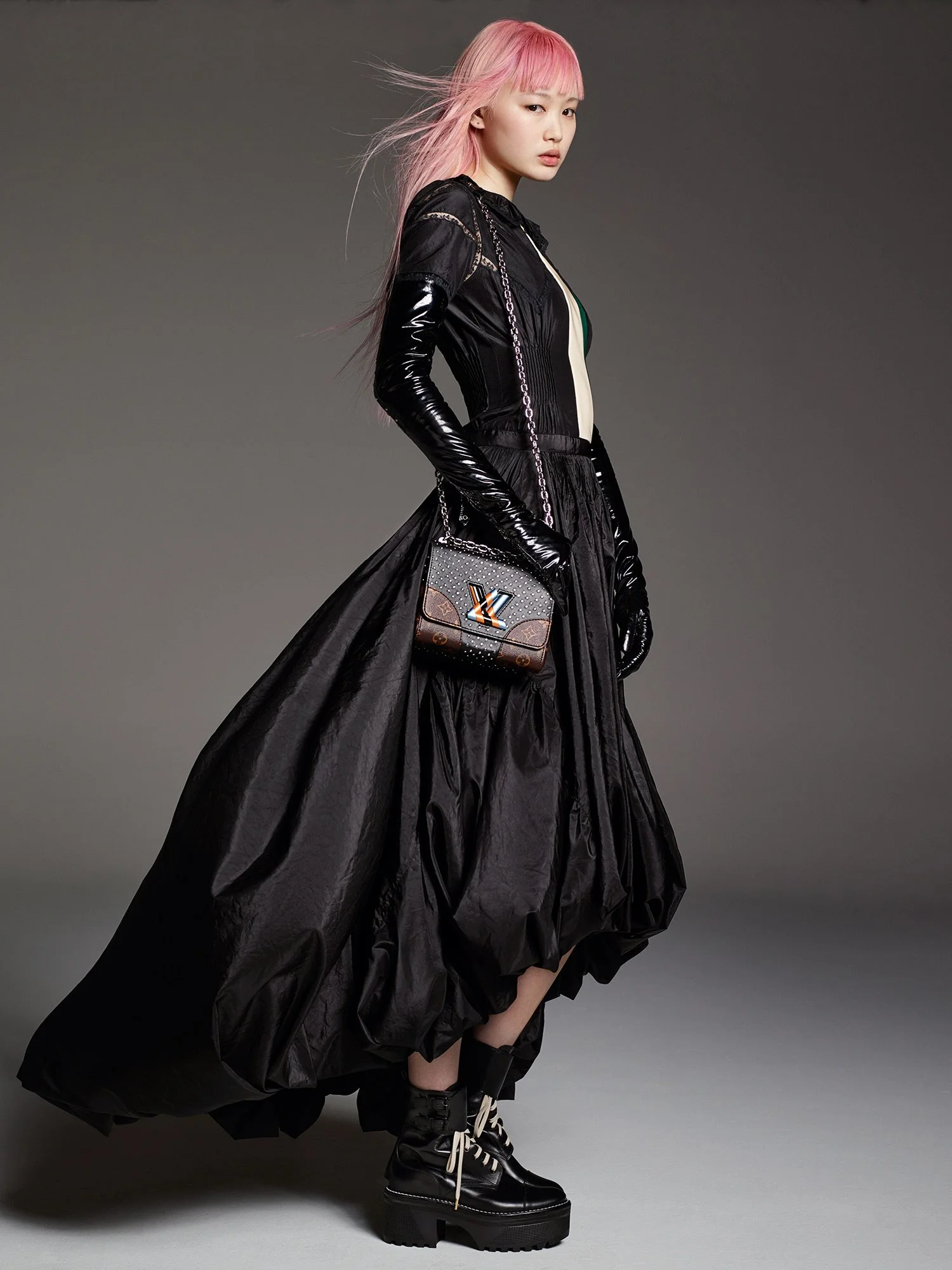Elsa Schiaparelli was one of the world's leading fashion designers in the 1920s and '30s.
She was born on September 10,1890, in Rome, Italy to aristocratic mother and scholarly father. Elsa was the great niece of Giovanni Schiaparelli, who discovered canals on the planet Mars.
She studied philosophy. She published a poetry book which was not approved by her parent. Elsa was sent to a convent. But that did not stop her. She went on a hunger strike to be released. Once released, she ran way to London where she worked as a nanny.

In London, Schiaparelli met and eventually married her former teacher, Count William de Wendt de Kerlor, who was a theosophist. The couple soon relocated to New York, where they had a daughter, Maria Luisa Yvonne Radha de Wendt de Kerlor.
Schiaparelli began working at a boutique specializing in French fashions, and soon cultivated her own taste in clothes and accessories. Schiaparelli returned to Paris after her marriage failure, where she continued her work in the fashion industry. In 1927, opened her own business.

Elsa Schiaparelli at home.

Schiaparelli's collaboration with Salvador Dali reached the height of Surrealist absurdity in this high-heeled shoe from winter, 1937-38. The idea for it, as recounted in Dilys Blum's authoritative book on the designer, was a photograph of Salvador Dali wearing a shoe on his head and another on his shoulder taken by his wife in 1933. The hat was made to wear with a black dress and jacket embroidered with red lips which were suggestive of those belonging to of the voluptuous actress Mae West for whom Schiaparelli was designing movie costumes at the time.
Elsa moved to Paris after working at a boutique in New York. In Paris she began designing her own line. Schiaparelli's debuted collection with a series of sweaters featuring Surrealist "trompe l'oeil" images. It became her trademark and soon caught attention of French Vogue.
She followed her initial success with another well-received collection of bathing suits and ski-wear, as well as the "divided skirt"—an early form of women's shorts. In 1931, Schiaparelli's divided skirts were worn by tennis champion Lily d'Alvarez. That same year, "Shiap," as she was known, expanded her work into evening-wear. For Schiaparelli, fashion was as much about making art as it was about making clothes. Schiaparelli connected with popular artists of the era; one of her friends was painter Salvador Dali, whom she hired to design fabric for her fashion house.
1920s and 30s fashion was shaped with Schiaparelli's sense of style. Her line was worn by world's most famous women, including Daisy Flowers, Lady Mendl ,Greta Garbo.

Schiaparelli discontinued her couture business in 1951 and closed her design house three years later, but continued to work in fashion, designing accessories and, later, wigs. In 1954, she released an autobiography, Shocking Life.
A giant in the world of fashion. In 2012, New York's Metropolitan Museum of Art featured her work, along with that of Italian designer Miuccia Prada, in a major exhibition.

"I just want to have dreads," says Willow Smith of her 2015 goals. "I want to embrace my full self, as natural as I can be.
I prefer to have the shoulder as a structure – you see the body in a more natural way.
EDEM - Exclusive European factories, raw silk, the finest velvet and veiling, hand-sewn with gemstones, beads and sequins.
Check out behind the scenes moments from Havana, Cuba Chanel Cruise 2017 show





























JOLIEGAZETTE's roundup of VMA red carpet looks